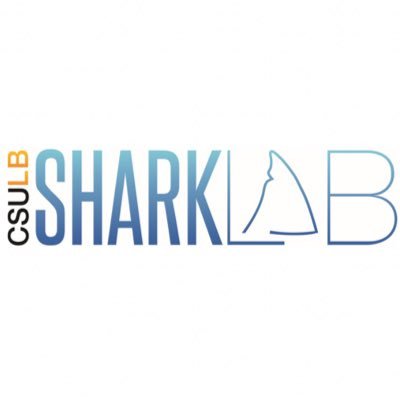Juvenile White Shark High Resolution Tracking
DISCOVERY Yacht Valkyrie
Carpinteria, California
August 18-19, 2023
Leadership
Research Team
- Emily Spurgeon (Research Tech, M.S.)
- Patrick Rex (Research Tech, M.S.)
- Ryan Logan (Post Doc, PhD)
- Zach Merson (Graduate Student)
- Elizabeth Jahn (Graduate Student)
- Whitney Jones (Graduate Student)
- Bailey Bonham (Education Coordinator)
Project Overview
The purpose of this research project has been to study a group of juvenile white sharks which have made Carpinteria Beach their home and nursery.
Duration of Project
This project will consist of three expeditions, spaced a month apart in August, September, and October.
Expedition Summary
The International SeaKeepers Society has again partnered with the California State University Long Beach Shark Lab to investigate further into the population of juvenile white sharks inhabiting a stretch of beach in Carpinteria, CA. DISCOVERY Yacht owner, Tom Petersen once again hosted the team, acting as captain and chef for the 2 days spent offshore aboard DISCOVERY Yacht Valkyrie.
Over the course of two full days at sea, the team encountered a number of juvenile white sharks. The goal was to catch, restrain, and tag a juvenile white shark with a high-resolution accelerometer tag package, and then actively track that individual for up to 48 hours until the tag package comes off the shark and can be collected. Other research methods included tagging prey species such as bat rays, and leopard sharks in order to determine if the movements of prey also affect the movements of the sharks in the area.
To this end, the team attempted the strike net technique a number of times to catch and restrain the sharks they encountered, but unfortunately, were unsuccessful as these particular sharks stayed in deeper water, and were otherwise adept at escaping the gill net. To put it into perspective, a large gill net is deployed from the bow of a 17' skiff, with the hope that the shark will become engulfed by the net, so that a second skiff can come and pull the far end of the net backwards. Seconds later, the shark would be placed in an underwater sling between the two boats. while this is a very humane and effective method for restraining a white shark, in an area so close to shore and beach goers, it can be rather difficult at times. However, a second method of tagging white sharks is with a pole spear from the skiff, when the animal swims close to the surface. Using this method, the team was successful in tagging a white shark. In addition, they accomplished their goal of tagging three prey species individuals (in this case, three bat rays).
Due to the impending Hurricane Hillary, the expedition was cut short by one day, but the team plans to return to this site two more times this year to continue this research.
Application
This research can be used in the future to understand why sharks, at different life stages may aggregate in certain areas. They may be choosing to be close to shore to follow their prey with less competition, and/or to avoid being preyed upon by larger sharks. In terms of environmental parameters such as temperature, this too can be an indicator. Answering all these questions can help inform, and predict future aggregation sites. This in turn can be used to bring awareness to the public about who they are sharing the waves with, and maybe curb some of the fear associated with white sharks, and sharks in general.
Location
Carpinteria Beach, California


